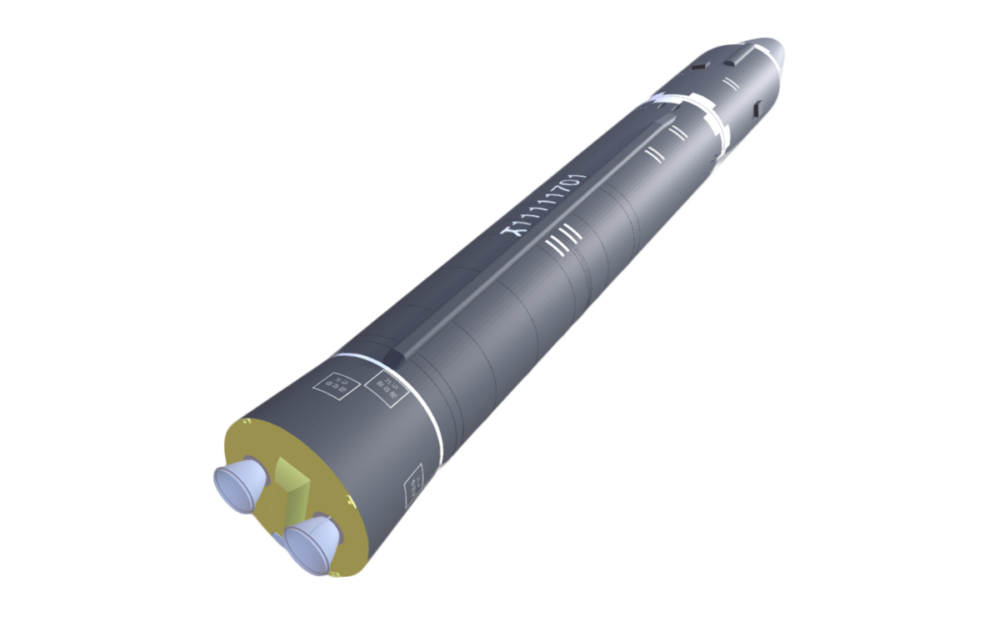
Jeffrey Lewis
Director of the East Asia Nonproliferation Program, The James Martin Center for Nonproliferation Studies
We live in an era of ubiquitous images and videos. Three-hundred and fifty million photographs are uploaded to Facebook every day. Gone are the days when vacation photographs were best shared in church basements on slide carousels. Today, images and videos are uploaded and instantaneously shared with friends and families around the world.
Governments, too, use social media to announce military activities and signal to friends and foes alike. The United States, for example, distributes still images and videos through the Defense Visual Information Distribution Service (DVIDS). And individual military units create their own promotional videos and distribute information on platforms such as Facebook, Flickr, Instagram, Twitter, Vimeo and YouTube. Russia, China, and even North Korea do the same. These images and videos contain an incredible amount of information that can be used to better understand military capabilities around the world – including nuclear weapons and long-range missiles.
To get a sense of how these “new tools” for open source analysis can be integrated, click through the below interactive detailing our analysis of a military exercise conducted by the United States and the United Arab Emirates outside of Dubai in 2018. This was a so-called “HIMARS Rapid Infiltration Exercise” in which US and UAE soldiers practiced loading High Mobility Artillery Rocket System onto a cargo plane to demonstrate the ability to quickly deploy this capability in a conflict. US military personnel posted more than fifty images and three videos on various media and social media platforms including DVIDS, Facebook, Flickr and Twitter. We geolocated all of the images and video clips, estimated the time of each, placed them in the correct order, and verified each one in order to exclude footage from other exercises that had been used to embellish a basically truthful account of the exercise.
Governments and militaries have engaged in propaganda from the beginning of recorded history. Ghengis Khan reportedly sent riders ahead of his armies to spread rumors about the size and invincibility of his forces. Today is no different, with governments around the world releasing information about military capabilities to shape the perceptions of others. The United States and other governments invest enormous amounts of time and energy to using information in this way. When he was Secretary of Defense, James Mattis called information a “powerful tool” that was an important “instrument of national power.” 1
The US and UAE weren’t just training, they were also trying to send a message. After all, it is one thing for the US and UAE to conduct a training exercise; it is another thing to announce that exercise and publicize it on social media. Diamond Tempest was just one of many exercises conducted as part of an ongoing program called Spartan Shield. And that program is about sending messages: “[I]t sends a message to [our allies] that we assure them we will be there for them to help protect their sovereignty,” one soldier explained, “And it’s also a message to our adversaries as a deterrence that they see our strong relationship.” 2
It is only natural, of course, for governments to present their versions of events – just as a lawyer argues a case for a client. But those of us in civil society are charged with trying to build an objective understanding of the world. Our role should be as friends of the truth, no matter what that truth may be.
New open source tools allow us to critically interrogate propaganda. These tools help us sort fact from fiction, but they also reveal a lot about what motivates the propagandist. The exaggerations in the accounts of Diamond Tempest are hardly scandalous, but they are revealing. The aircraft in the real exercise, for example, landed at a modern military airport with a paved runway. But the stock footage showed an aircraft landing on a dirt runway, and one video included an unrelated voiceover from Mattis describing “C-17s landing on dirt airstrips in the middle of nowhere and off-rolling light armored vehicles that were going to complicate the enemy’s day.” 3
The Diamond Tempest exercise was conducted at an airbase for reasons of simplicity and practicality. So why the fuss over the dirt runway? That tells us something about the intended audience. A detail like that wouldn’t matter to an American audience. But it might matter in Yemen, where the UAE is currently using HIMARS rocket launchers to battle the Iranian-supported Houthis. There are few paved runways in Yemen, where airports have been heavily damaged in the fighting. While the UAE has sent its HIMARS overland to Yemen, the possibility that a C-17 might deposit them on a dirt runway and conduct surprise artillery fire seems like something the US and the UAE want the Houthis, and their Iranian backers, to worry about.
That’s not to say that this capability isn’t real – it is. But the attention given to one detail about dirt airstrips is striking. It’s a cousin to the Streisand effect – an attempt to hide, remove, or censor information has the unintended consequence of further publicizing that information. In none of the videos or press releases is the adversary named. Yet, by changing a specific detail about the exercise, we can work out the message being sent and glimpse motivations that the authors prefer not to explicitly state.
In the end, we had a relatively complete timeline for the exercise, and a clearer sense of what transpired where. It was easy, as we identified individual vehicles and people, to feel as though we had actually been there. But of course, we had not. While the soldiers had been sweating in the hot desert sun, we never left our comfortable offices in foggy Monterey. That is the power of new open source tools in an era of ubiquitous data – you can go anywhere in the world without leaving the office.
Sign up for our newsletter to get the latest on nuclear and biological threats.
A collection of missile tests including the date, time, missile name, launch agency, facility name, and test outcome.
Christopher Nolan's Oppenheimer is the most high-profile film about nuclear weapons ever made.


